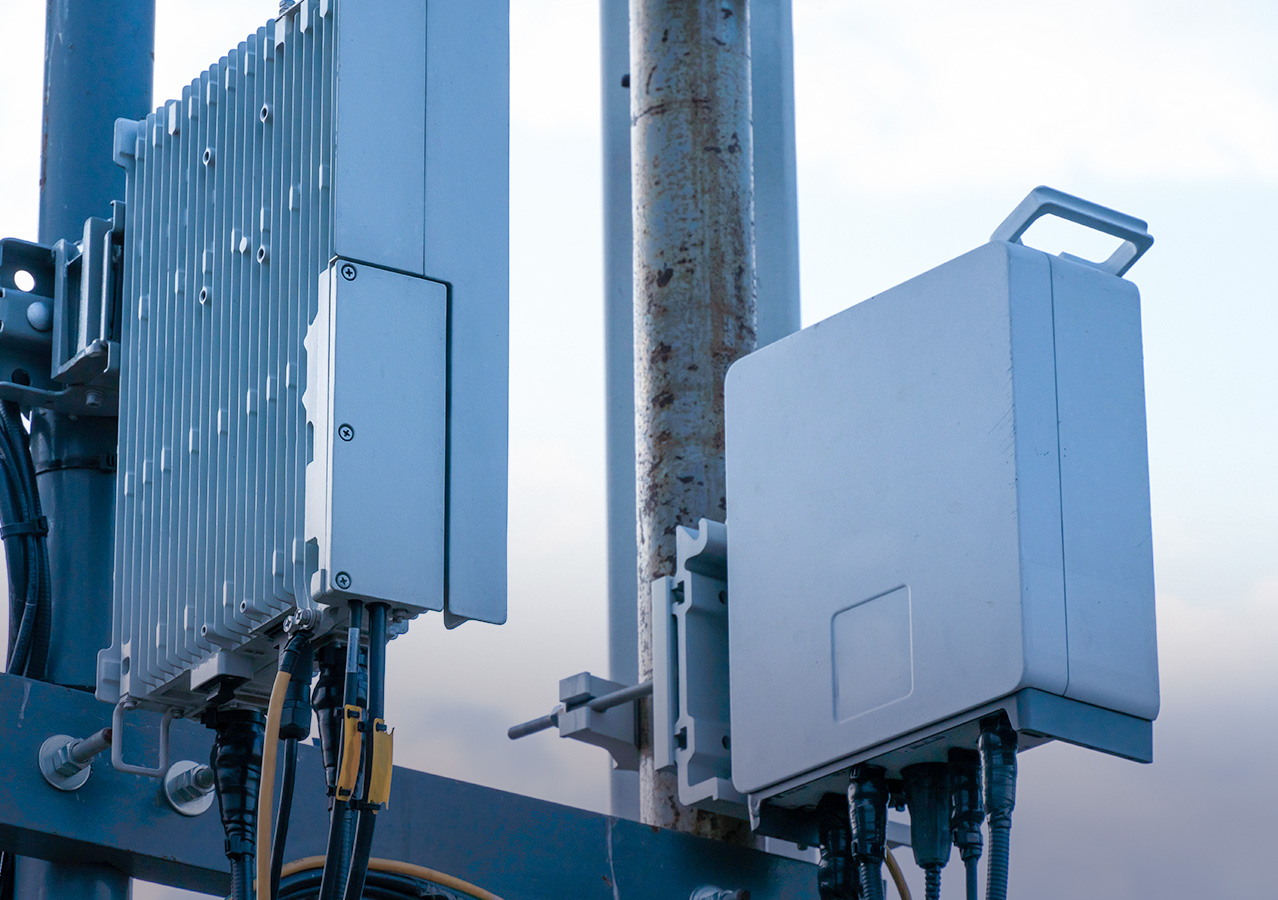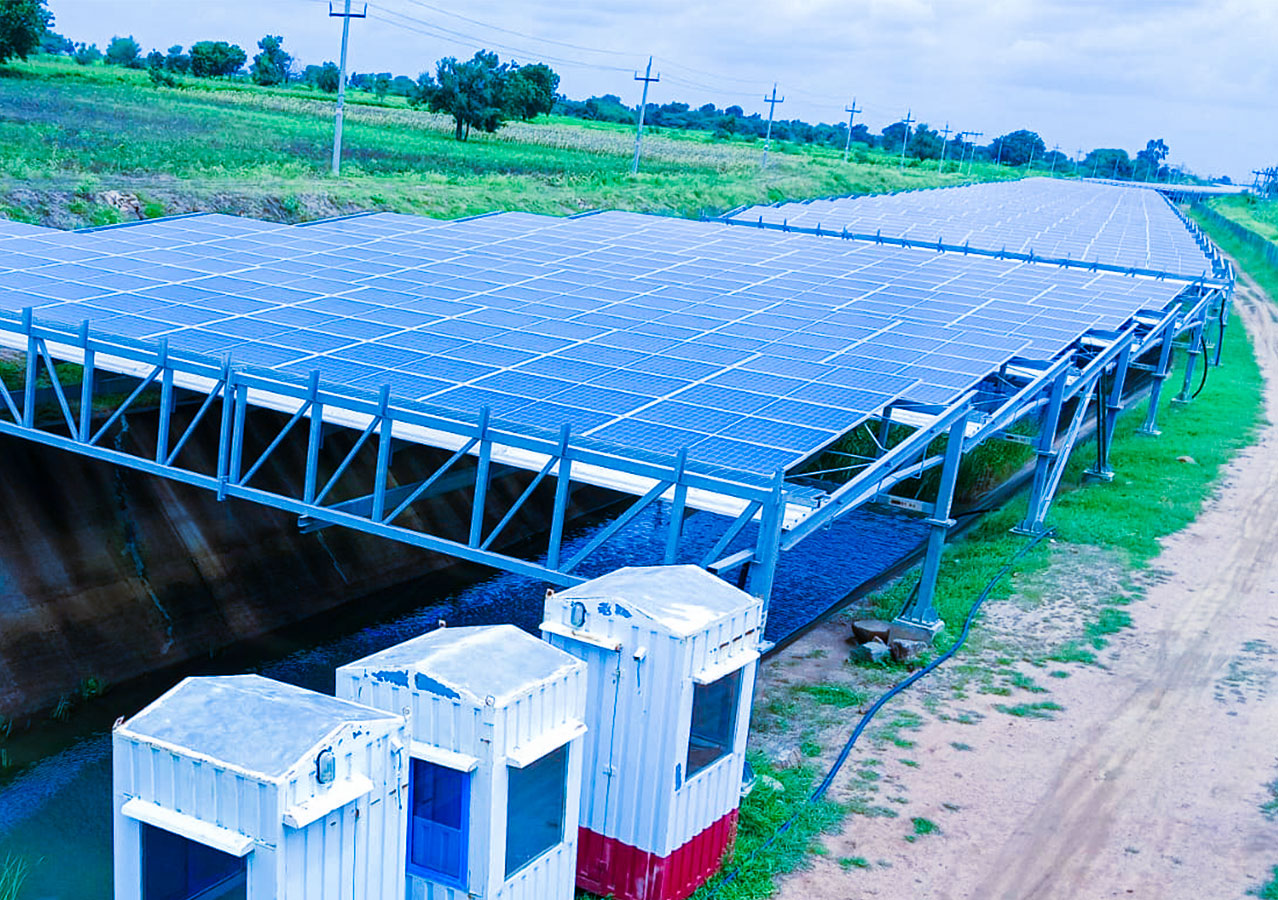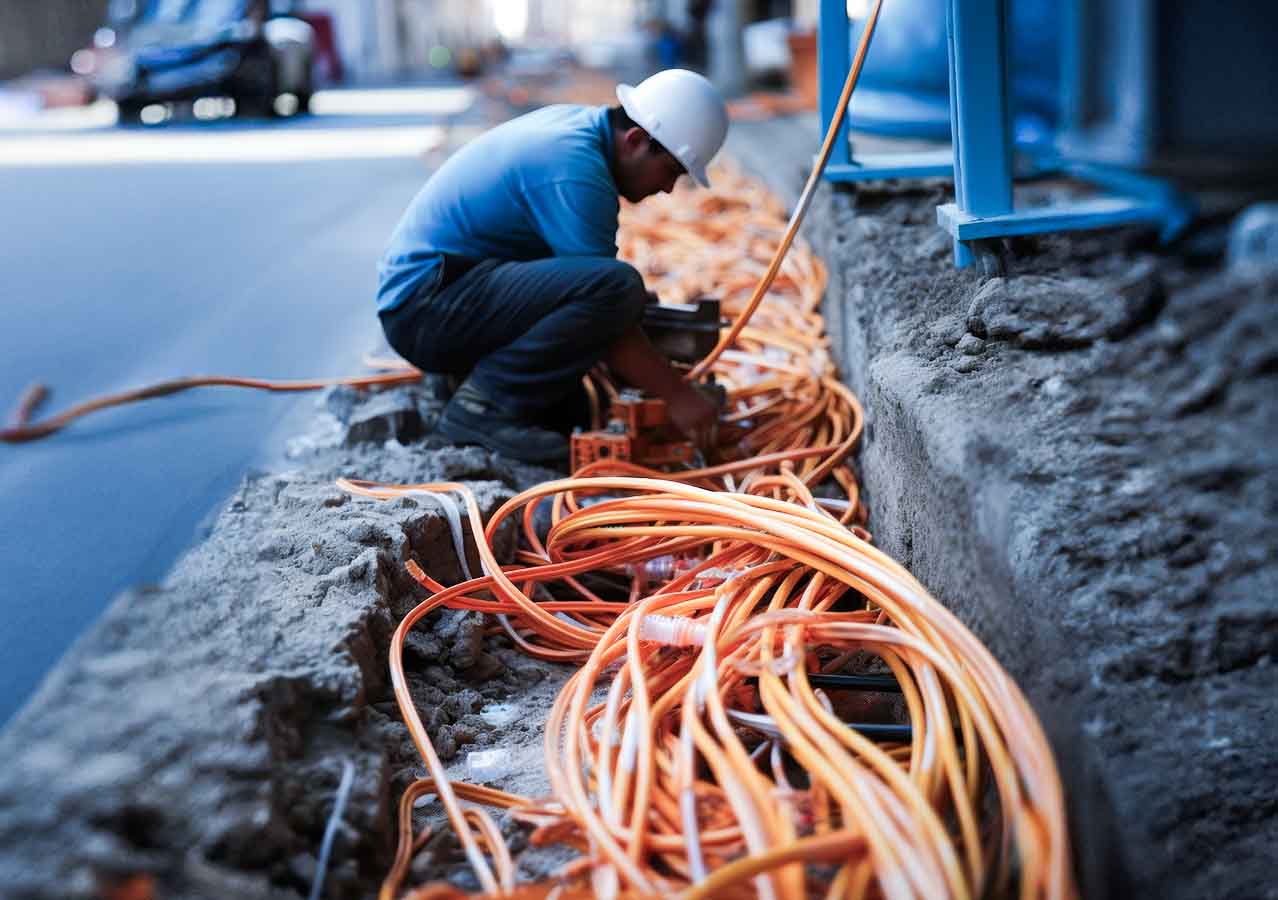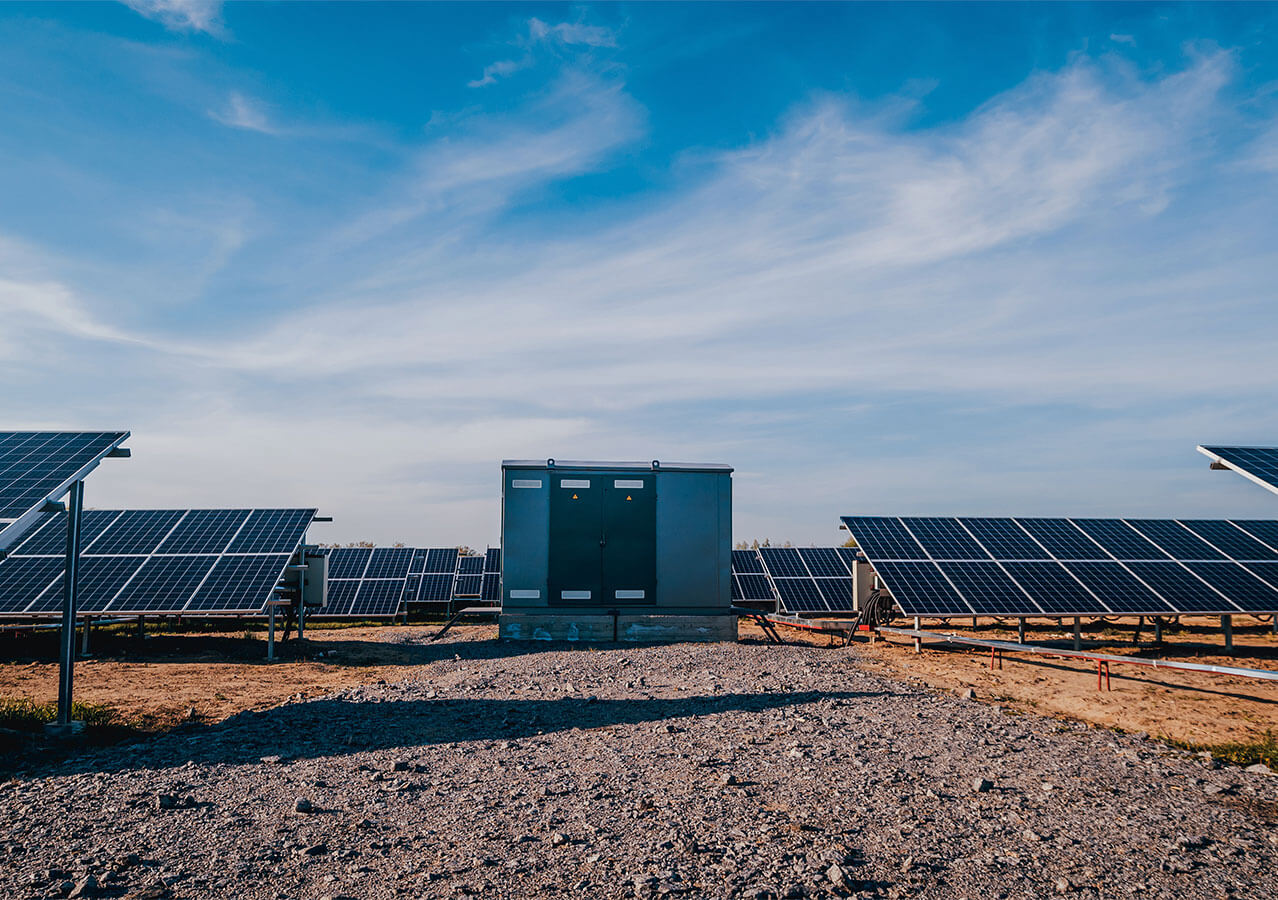
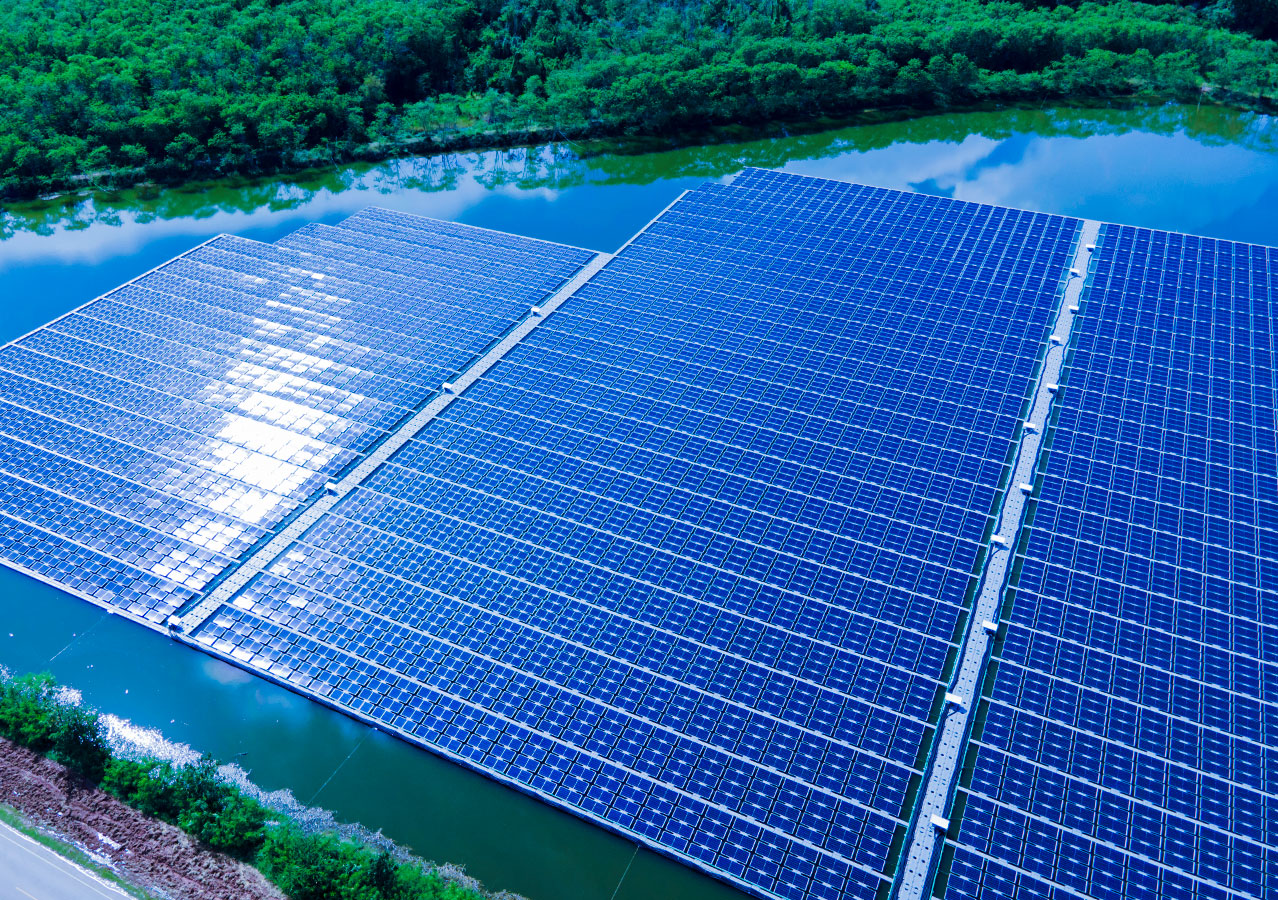
Blogs
Floating Solar Farms: The Next Big Thing in India's Clean Energy Market
“You could power the entire United States with about 150 to 200 square kilometers of solar panels, the entire United States”,— Elon Musk.
Imagine a world where an entire nation like the United States or India is powered by solar power, a truly transformative world. In the past few years, we have witnessed a surge in Solar Energy consumption at both commercial and household scales. One of the major advancements in the Solar Energy segment that's gaining attention is Floating Solar Farms.
India, making significant strides in the Solar Energy segment, joined the bandwagon. At present, India has as many as 8 Floating Solar Power Plants that are generating green energy efficiently. One of the first Floating Solar Plants in India was commissioned in December 2017, on the Banasura Sagar Dam, Wayanad, Kerala. According to the reports, this Floating Solar Plant unit has made 10,72,768.1 kWh till Dec. 2020.
What Are Floating Solar Farms?
The latest innovation, Floating Solar Farms or Floating Photovoltaic (FPV) systems, are carefully curated with solar panels mounted on buoyant platforms placed on water bodies. An efficient anchoring system secures the panels ensuring stability while generating electricity.
Why Floating Solar Farms Might Be the Future!
Densely populated, India is committed to its abundant flora and fauna, agriculture industry, urban infrastructure, and more, leaving the nation grappling with land constraints. And the solution? Floating Solar Farms! With this novel technology taking the burden off the land, Indian cities to rural areas are gearing up for a green transformation that can change the way of life!
Below are some of the reasons why floating solar farms will thrive in the Indian market.
Preservation of Land
Adapting to green energy without compromising vast farmlands, residential areas, and forests is absolute bliss. With waterbodies acting as the perfect platform, countries with limited land choices like India hit the jackpot. Here, solar panels are cradled in the lap of nature while they generate clean energy for a sustainable future.
Reduced Evaporation
In a country like India, there are various places prone to drought. As the summer hits, with evaporation on the high, the waterbodies go dry. At this point, Floating Solar Farms play a crucial role by shading the surface of the reservoir or the lake, thereby reducing evaporation. This technique can be helpful in areas like Rajasthan and Gujarat where water conservation is paramount.
Enhanced Productivity
For the majority of the year, India is steaming hot, and a factor that can affect the productivity of the panel is overheating. So, what does water do? It cools down the panels and delays the overheating process. Mitigating the overheating process, the panels will work on high productivity compared to the normally set up solar panels on the ground.
Utilizing Current Infrastructure
India has always depended on its hydropower plants for its electricity. Imagine the opportunities that open with the smart utilization of waterbodies in India for power generation. This might pave the way to hybrid energy generation where hydropower works at night while the sun sleeps and the Floating Solar Plants will power the Indian infrastructure in the daytime.
Challenges of Floating Solar Projects
Despite their efficiency and potential in crafting a green world, Floating Power Plants comes with challenges. Some of these include:
Increased Costs: While the energy returns the novel technology promises are surplus, the plant setup can cost a handsome amount. The specialized equipment involved in floating solar plants costs more when compared to the land-based ones.
Environmental Impact: Careful planning is necessary to minimize the potential impact that solar farms setup could have on aquatic ecosystems.
Maintenance: Although corrosion and biofouling are possible problems, technological developments reduce the likelihood of these occurrences.
Prominent Floating Solar Projects in India
When it comes to Floating Solar Plants, India has already embarked on a journey of success. There are quite a few Floating Solar Energy Plants that are set to change the face of the country in the renewable energy resource segment.
Ramagundam Floating Solar Plant in Telangana: Considered to be the largest Floating Solar Power Plant in India is the plant constructed on the Ramagundam reservoir. This 100 MW facility is equipped to supply electricity to thousands of houses in the state of Telangana.
Kayamkulam Floating Solar Plant: Laid on the serene backwaters of Kerala, this 100 MW exemplifies the increase in the production of clean energy while lowering water evaporation.
Rihand Dam Floating Solar Power Plant: Located in Uttar Pradesh, this floating solar project lies over the Rihand Dam.
Pace Digitek’s Canal Top Solar Photovoltaic Power Project
Krishna Bhagya Jala Nigal Limited (KBJNL) is a significant water resource management organization based in Karnataka, India, which was established to harness and effectively utilize the water potential of the Krishna River. KBJNL plays a crucial role in irrigation, hydroelectric power generation, and overall water management in and around Bangalore. We partnered with KBJNL to set up a 10 MW canal top solar electric power plant using Mono-Crystalline Technology.
The plant not only reduces evaporation but also provides power to Agriculturists in nearby villages. It illustrates how solar plants set up over water bodies contribute to water conservation and enhance green footprint.
With various Floating Solar Power Plants set up in various parts of India, the country has already embraced the novel technology, eyeing it as the future of Solar Energy plants.
Our other Insights
Powering connectivity. Forging Future.
Attention
This website is best viewed in portrait mode.



.jpg)

